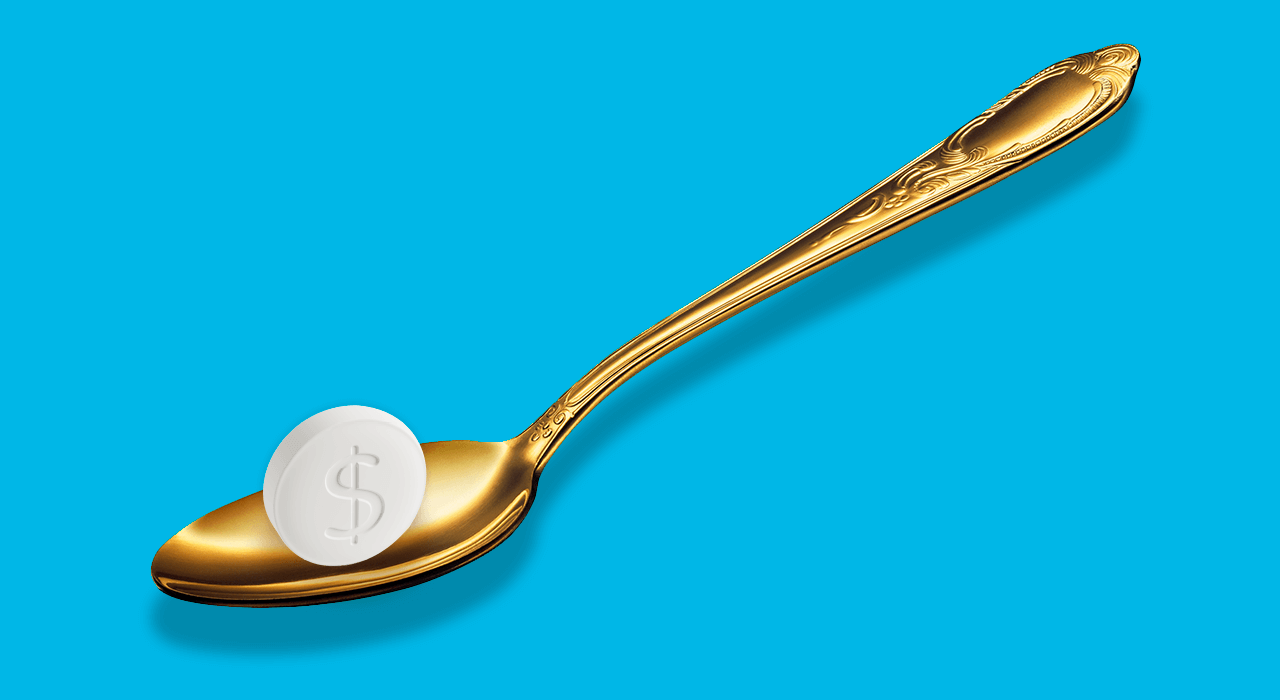Top 3 Things You’ll Learn
- How drug manufacturers’ pricing practices can lead to wasteful spending
- Why payers pay more than is necessary for low clinical value drugs
- How to optimize the drug formulary to manage risk and lower costs
Prescription drug manufacturers are making great strides in developing medications designed to treat both common and complex diseases. The latest page out of the product development playbook is the production of new targeted therapies that offer life-altering, sometimes life-saving, treatment options for people with rare conditions – at an exorbitant price. Manufacturers defend their pricing of these ‘rare condition’ medications by citing their research and development (R&D) investment; the reality is, they elect to invest in these therapies because they can dictate the price if they are first to market while they receive additional patent protection for their product.
Drug Manufacturer Pricing Practices Exposed
In what could be considered a short-cut move in their product development playbook, some drug manufacturers choose to compete with existing medications by inexplicably producing higher-cost alternatives of those products. By changing an inert ingredient, the delivery mechanism, or combining two or more ingredients in a single pill, a manufacturer can patent a “new” drug and charge a higher price without creating any additional clinical benefit. While these practices are legal, they are wasteful and often catch employers and members unaware.
The practice of evergreening is a technique that involves making small changes to existing drug products to create a new drug product, effectively preventing generic drug alternatives from entering the market. The problem with this practice is that the changes made do not improve the efficacy of the drug in any way, bringing no additional clinical value to consumers despite a much higher price tag. In fact, 78% of drugs associated with new patents are not new drugs, but existing ones.
While most prescription drugs brought to market represent medical breakthroughs and priceless treatments, some simply do not. Whose job is it to sort through it all and determine whether a drug is necessary, safe, and cost-effective? Who is looking out for the plan sponsor in the healthcare value equation?
While most prescription drugs brought to market represent medical breakthroughs and priceless treatments, some simply do not. What drug makers don’t want you to know – and what you can do to lower Rx costs. #pbm #drugcosts
What You Can Do to Manage Your Clients’ Rx Costs
For self-funded employers working hard to compete in a tough economy, the flaws in the pharmacy supply chain are too expensive to ignore. They need tailored clinical management strategies that align with their interests and those of their members, not the PBM and drug manufacturers. Data-driven clinical strategies – such as optimizing the drug formulary to contain only the most cost-effective, clinically appropriate drugs – provide the foundation for achieving improved health and cost outcomes. Removing low clinical value medications prevents members from utilizing expensive medicines that have safe, equally effective, lower-cost alternatives available in the marketplace.
Consult an independent expert to help you examine the employers’ claims data to identify costly drugs that provide little clinical value for members and discuss options for removing these drugs with you and your clients. By targeting a few high-cost drugs that are posing the most considerable risk to your clients’ pharmacy benefits plans, your clients can avoid unnecessary costs with minimal member disruption.
Check out our free e-book, Building an Optimal Clinical Playbook, to learn about other drug manufacturer pricing practices that may be contributing to unnecessary spending in your clients’ pharmacy benefits plans.
SOURCES



